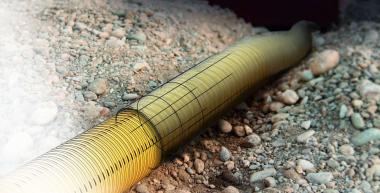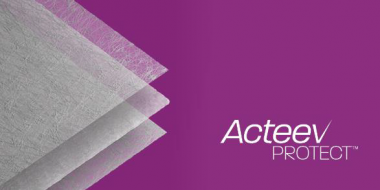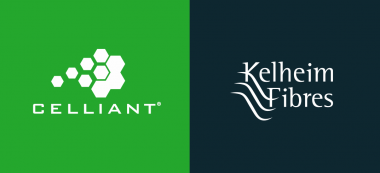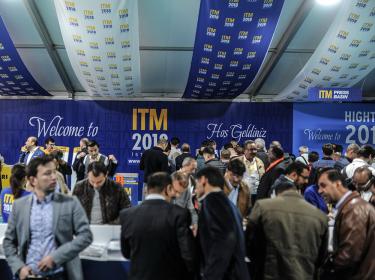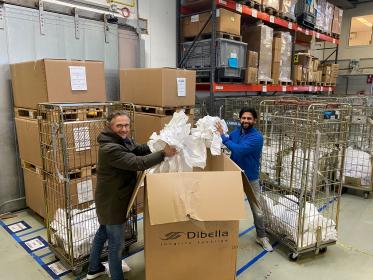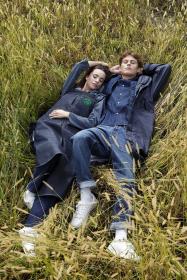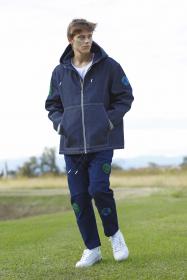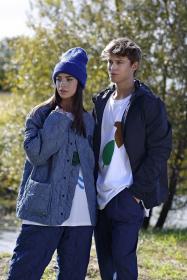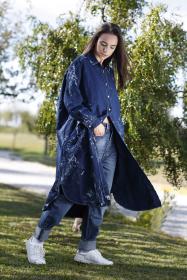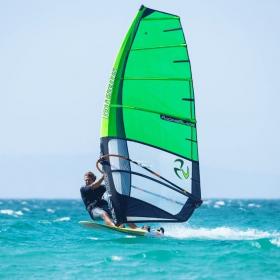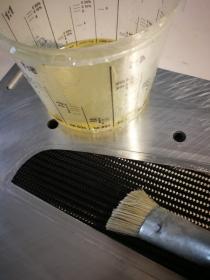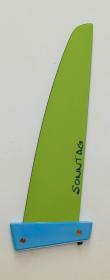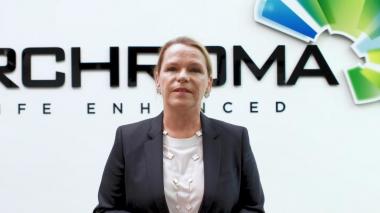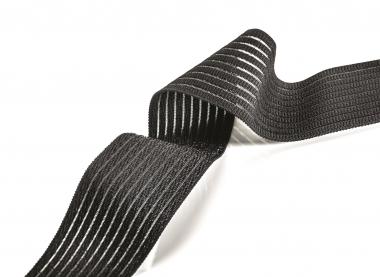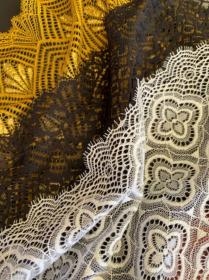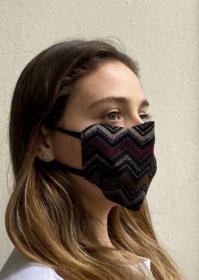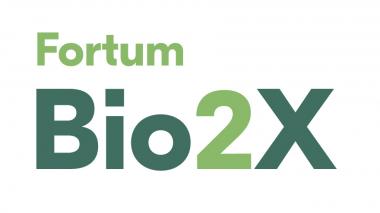ISKO and HIGH collaborate to create Jacket and Pants
Intelligently designed clothes made with the latest manufacturing technology are the results of the partnership between on of the leading denim innovators ISKO and the Italian brand HIGH. A project, part of the SS2021 HIGH collection, is the start of collaboration in the pursuit of sustainable fashion.
Aimed at bringing a positive change both for the planet and its people, the project presents two pieces – jacket and pants – which embody HIGH’s approach to creativity and production: a wellbalanced mix of specialists’ expertise and a tireless investigation on the latest and most responsible fabric technologies. HIGH identified the R-TWO™ program as the right fabric ingredient, ideal to level up sustainability in its looks.
Relying on a blend of reused and recycled materials, this revolutionary platform works by embedding material circularity into the production process, designing waste out of the system and minimizing impact at scale. With fully traced reused cotton coming from ISKO’s production loss, which is prevented from becoming waste by adding it back into the spinning process, and an efficient use of polyester materials which are spun into newly recycled fibers, the program can provide certified to Textile Exchange environmental credentials. According to the percentage of material contained, these can be either the Content Claim Standard, Global Recycled Standard, Organic Content Standard or Recycled Claim Standard, ensuring better use of raw materials and resource efficiency while providing advanced concepts that don’t compromise on their look and performance.
Additionally, to meet HIGH’s performance needs, ISKO has brought to the table one of its most popular technologies, of course in its R-TWO™ version: Jeggings™, super-stretch denim technology. Soft and lightweight as leggings, it provides comfort with the look of authentic denim and provides the perfect, responsible solution to usher the partnership.
Menabò Group






